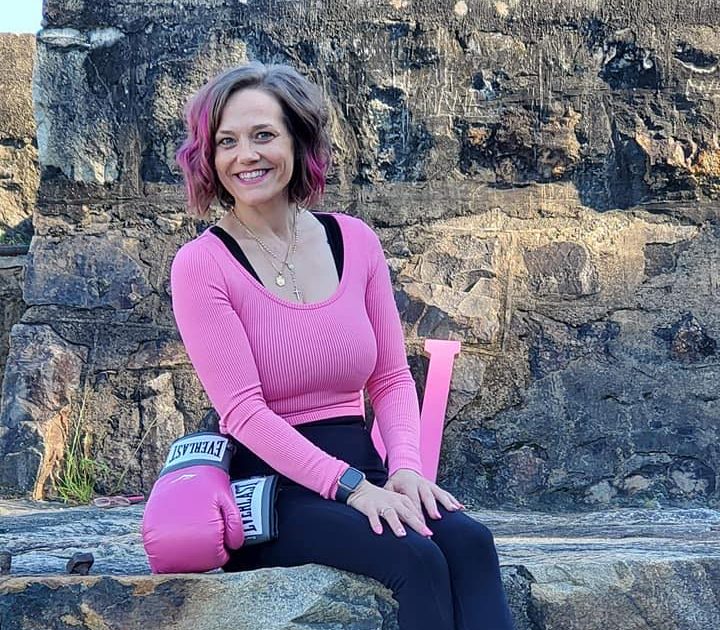Despite what years of scientific research have shown, men and women across the country continue to light up from the time they wake up until it’s time to lay down for bed. So, why is it so hard to kick the habit?
“Studies show that on average, it can take a person five attempts to quit,” said Dr. Martha Tingen, director of the Tobacco Cessation Program at the Georgia Cancer Center. “One reason why, smokers have to undergo a physiological and psychological change to break their habit.”
All of the studies, all of the science, all of the research shows the program needed two components to be evidence-based. According to Tingen, the chances of a person quitting successful double if you address these two areas. It all starts with a personal phone call or a referral from a provider.
“All they have to do is pick up the phone and reach out to me,” said Maudesta Caleb, senior research associate and lead tobacco cessation counselor. “Once they do, the first step is a visit with one of the healthcare providers in the program.”
When they see the provider, the patient undergoes a brief physical exam, discusses their family history and how many packs they smoke each day. This information allows the patient and their provider to choose the best medication that will help with the physiological addiction of smoking.
There are primarily three different kinds of medications available to help a person stop smoking including, Chantix, nicotine replacement therapy and Bupropion. On average, patients stay on their medication for eight to sixteen weeks depending on how strong their nicotine addiction is. If a patient chooses nicotine replacement therapy, they may receive patches, lozenges, gum, or an inhaler based on the number of packs of cigarettes they smoke in a day.
While the decision to quit smoking has to be a personal one, it does not mean people are alone in their quest to kick the habit. In an effort to show people they have support, Caleb or another member of the program will walk a patient to Augusta University Health’s retail pharmacy to pick up their medication if this is their pharmacy of choice after they see the provider. The medications can also be sent to a pharmacy already being used by the patient. Once they have their medication, it’s time to schedule their counseling.
“I want to let them know we are here for them,” Caleb said. “We follow them every step of the way.”
The counseling sessions last one hour each for four weeks. There are group sessions, individual sessions and phone counseling for patients who have trouble getting transportation.
“One of the topics we discuss with our patients is what triggers their decision to smoke a cigarette,” Tingen said. “A cup of coffee and a cigarette, going out to a bar, drinking beer or wine, even certain stops along their drive to and from work. Most people have a routine.”
Once the counselor and patient identify the triggers, they work to make changes to the routine including, driving home a different way, drinking hot tea instead of coffee, etc. Every step is tailored to each specific patient.
“We encourage people to start slowly and we praise them for decreasing smoking,” Caleb said. “Every little bit helps a person get healthier. Some make the choice to have more time with their children, their grandchildren, but they have it in their heart to make the change permanent.”
Because the Tobacco Cessation Program offers a dual approach, insurance companies will cover some of the costs. You can ask your doctor for a referral or you can self-refer. The program offers appointments on Mondays and Thursday from 1 p.m. until 4:30 p.m.
”I think for decades people looked to their family doctors to tell them what they needed to do with their health,” Tingen said. “But, in this information explosion, people are taking an active role in making decisions about their health.”





